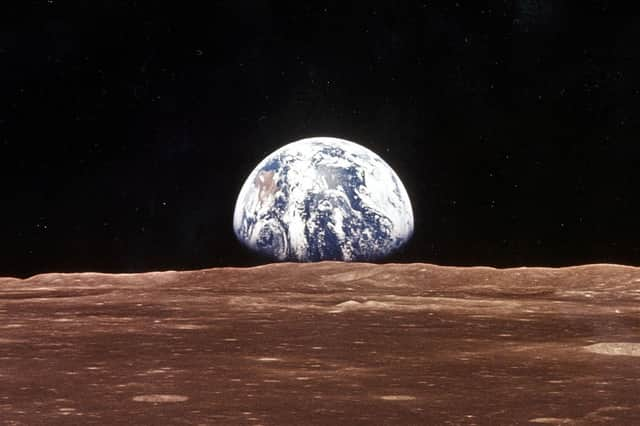Natural defence: Researchers suggest Earth has its own mechanism to protect against asteroids


Earth may have a built-in defence mechanism that could protect it from catastrophic civilisation-ending killer asteroids. A new study suggests the Earth's immense gravitational pull, in its tidal forces, could be strong enough to tear up objects in space in a process called tidal disruption.
The researchers say that pieces of the comet Shoemaker-Levy 9 were ripped apart by Jupiter’s tidal forces in the early 1990s, leading to much smaller pieces of the space rock crashing onto the planet - but until now researchers had not found enough evidence of Earth-like terrestrial planets tidally disrupting passing asteroids.
Advertisement
Hide AdAdvertisement
Hide AdModelling studies have suggested that near-Earth asteroids (NEAs) can be destroyed by tidal forces during close and slow encounters with the Solar System’s first four rocky planets, but the theory has not been directly observed. But a new study, which is yet to be peer-reviewed, provides evidence for the tidal disruption of NEAs during close encounters with the Earth and Venus - and it has been posted as a preprint in arXiv.
The researchers from Lulea University of Technology in Sweden assessed six years’ worth of asteroid data collected by the Catalina Sky Survey and found missed asteroids - mostly small ones - were circling the Sun almost on the same plane as the orbits of the Earth and Venus. The researchers now suspect these missed asteroids could be tidally disrupted fragments of larger asteroids.
While tidal disruption by Earth and the Moon may tackle some of the killer asteroids threatening Earth, scientists say it could generate more smaller NEAs likely to strike the planet in a future pass by.
“The fragments resulting from a tidal disruption will remain on planet-approaching orbits also for some time after a tidal-disruption event,” researchers wrote in the study. “Some fragments may therefore undergo further tidal disruption during subsequent close encounters with the planet, and thus increase the number of resulting fragments whereas some may impact the planet.”
However, these smaller space asteroids do not pose an extinction-level threat, scientists added.
Comment Guidelines
National World encourages reader discussion on our stories. User feedback, insights and back-and-forth exchanges add a rich layer of context to reporting. Please review our Community Guidelines before commenting.
